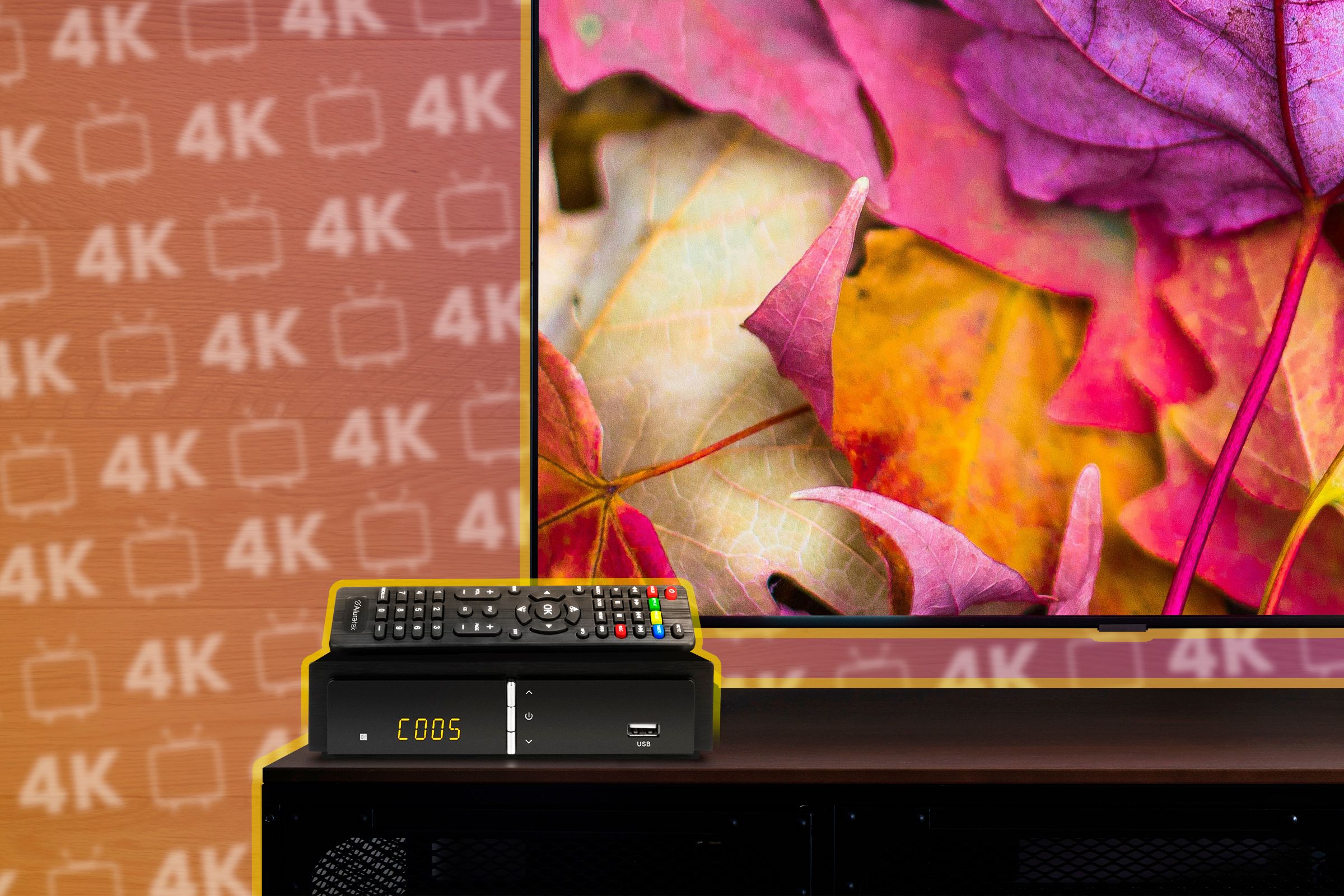
Is Investing in a 4K Television Necessary for an Average Cable Viewer?

Is Investing in a 4K Television Necessary for an Average Cable Viewer?
Key Takeaways
- Cable TV is only available in 720p and 1080i quality, though some cable plans allow you to stream 4K content.
- A 4K TV may provide no immediate benefit to dedicated cable customers, though it can be a good long-term investment.
- The choice between 1080p an 4K may have already been made for you, as most TVs of a certain size and price are 4K.
It’s time to buy a new TV, but you only watch cable. A fancy 4K TV may not provide an immediate boost in quality, but it could still be a smart investment as 4K content slowly finds its way into cable packages.
I should take this opportunity to point out that new 4K TVs are relatively inexpensive. A 55-inch Hisense U6 only costs about $550, and there are plenty of cheaper options if you’re on a tight budget. Also, importantly, most TVs that are larger than 43 inches have a 4K resolution—if you want a big TV, you may find that 4K is your only option.
Traditional Cable TV Channels Are 720p or 1080i
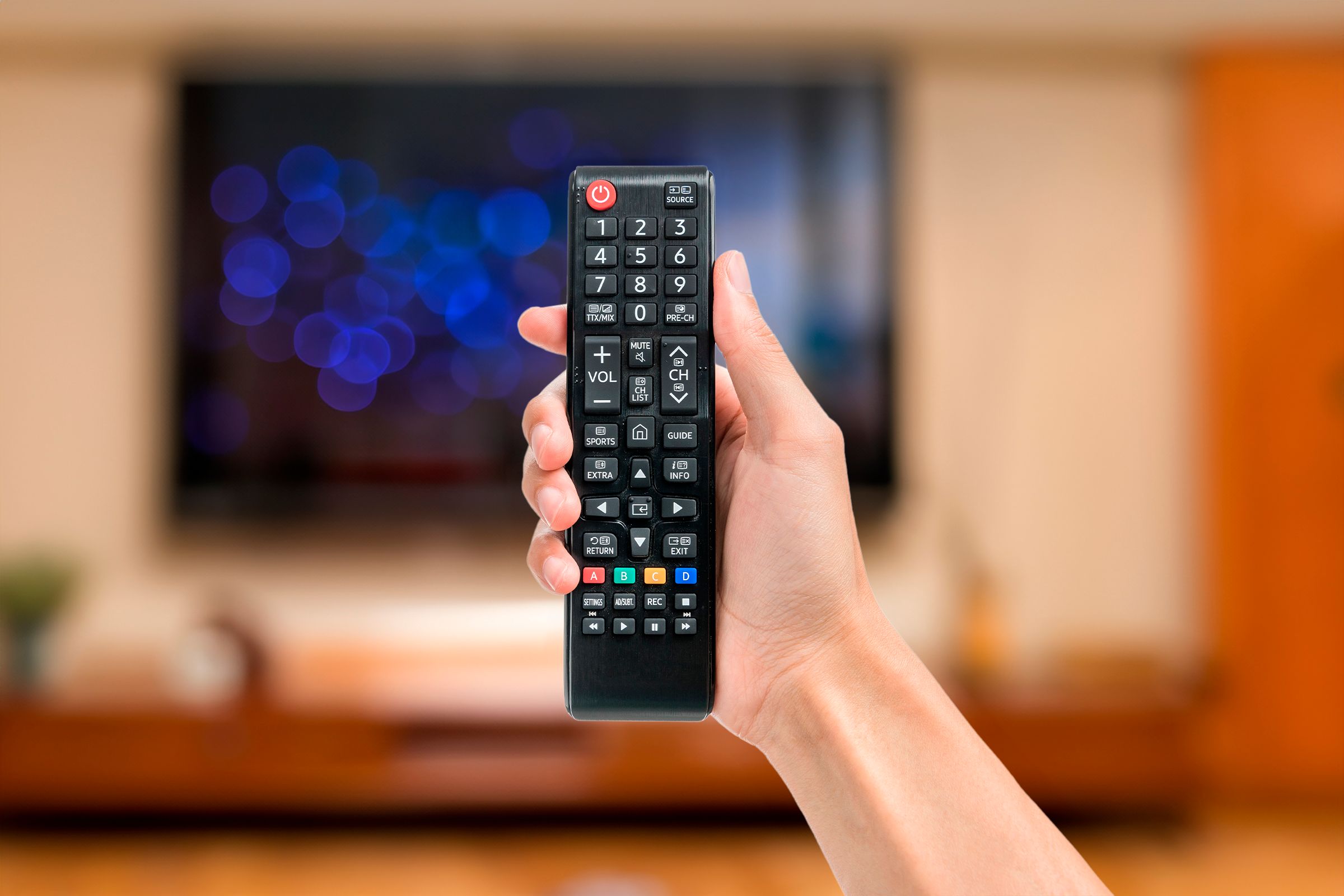
Lucas Gouveia / How-to Geek | Bohbeh/Shutterstock
Cable television channels rarely deviate from a 720p or 1080i resolution. This is primarily due to bandwidth constraints. Cable infrastructure can only carry a certain amount of data, and cable providers are already using the full data allotment.
From a technical standpoint, existing cable infrastructure can deliver 4K video. But upgrading a channel to 4K resolution would substantially increase its bandwidth, meaning that other channels would need to be removed from service. While this may sound like a great idea to some viewers, broadcasters don’t believe that a huge boost in resolution would justify a smaller selection of channels.
There are also financial hurdles that make 4K broadcasting difficult. Some networks are unwilling to take on the financial load of 4K video, as the upgraded resolution may require new cameras, new video editing workstations, and a comical increase in data storage costs (a 4K file is at least four times larger than its 1080p equivalent). Sports leagues like the NFL are flush with cash, but live sports broadcasting requires a ton of specialized equipment that would cost a fortune to replace.
On occasion, cable television will broadcast at 1080p. But this is usually reserved for special events or pay-per-view programs. Your cable box may also be able to stream 1080p or 4K video from the internet, depending on your cable plan.
A 4K TV Can, In Some Cases, Make Cable Look Better
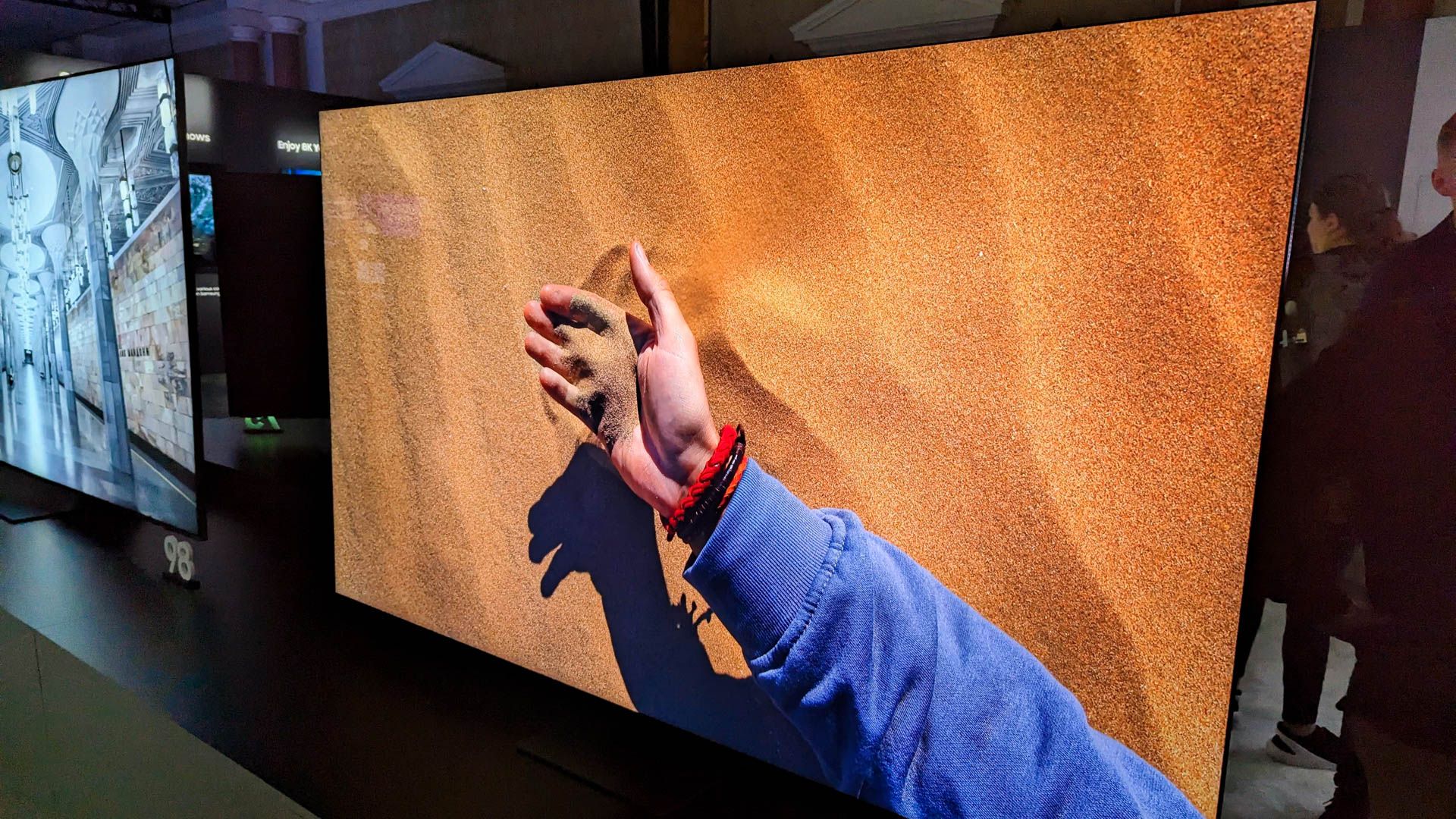
Josh Hendrickson / How-To Geek
The term “resolution “ refers to the number of individual pixels on a screen. Every pixel is a new opportunity to add detail to an image, which is why a 4K TV can look more lifelike than a 1080p TV—it has more pixels.
Video files are also bound by resolution. If a TV show was shot in 1080p, it will always lack the detail that could have been captured in 4K. However, this content may still look “better” on a 4K TV because of a process called upscaling .
Upscaling is the process of adding pixels to an image in order to fit the native resolution of a screen. In this case, we’re adding about six million pixels to a 1080p image to force it into 4K quality. This process exists for practical purposes—without upscaling, the 1080p image would only take up a quarter of the 4K screen.
Bumping a low-resolution video to 4K will not necessarily increase the image’s quality. However, high-end 4K TVs often run image-enhancement algorithms during the upscaling process. These algorithms can increase the quality of your cable feed in a noticeable way, as they effectively “add” detail to low-resolution video.
Even without a good upscaling algorithm, a new 4K TV should give you a boost in color accuracy and contrast. This is especially true when upgrading to an OLED or QLED TV , but even if you’re buying LCD, you should notice that the backlight is brighter and more evenly-lit than your previous TV.
There’s just one problem: you’re probably going up in size. Even with a great upscaling algorithm, low-resolution content will always look worse as TV size increases. While 720p and 1080i video is surprisingly sharp and detailed on a 24-inch TV, it looks a little iffy on a 40-inch TV, and it starts entering turd territory around the 60-inch mark. Sitting further away from the TV is the only way to really resolve this problem.
So, don’t expect any miracles. Cable might look better on a new 4K TV, but it could also look worse, depending on how much money you spend and whatever size of TV you’re accustomed to using.
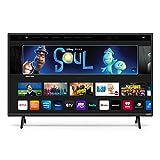
VIZIO 40-inch D-Series Full HD 1080p Smart TV
$158 $230 Save $72
If you don’t need a super-sized TV, this affordable 1080p VIZIO set might be a great option. Just know that it lacks the enhanced color and contrast of more expensive TVs.
Your Cable Plan May Include 4K Streaming Content
Some cable plans are advertised as “4K.” I’d argue that this is incredibly misleading, as cable TV isn’t actually 4K. But if you asked the big-wigs at a cable company, they’d probably say, “How dare you accuse us of misleading our customers?! This plan includes a cable box with 4K internet streaming capabilities!”
I digress. Your cable plan, even if it isn’t advertised as “4K,” may provide access to 4K movies or TV shows through a bespoke service like Xfinity Stream. Some live content, including sporting events, may also be offered in 4K through these streaming services. Your cable box may alert you when something on TV is available in a higher quality through streaming, or it may not.
As the demand for 4K video increases, cable companies may transition to a hybrid model that integrates 4K streaming channels with traditional 720p or 1080i cable channels. Or, cable companies may ditch their old infrastructure and do everything through the power of the internet. Services like Xfinity Stream and DIRECTV STREAM already allow you to stream cable channels, so this isn’t a crazy idea, especially as platforms like YouTube TV continue poaching longtime cable customers.
So, Do Dedicated Cable Customers Need a 4K TV?
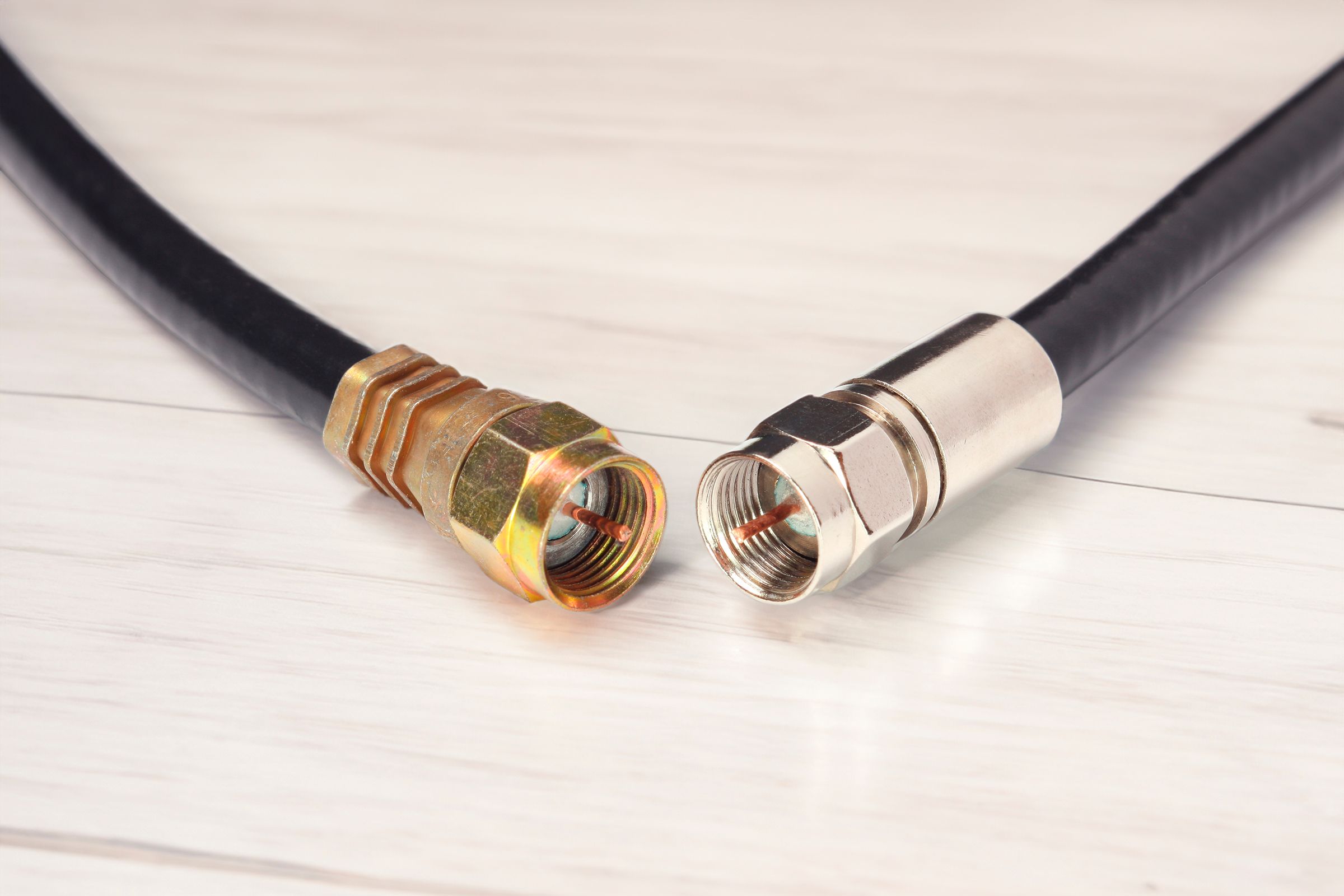
Nobody “needs” a 4K TV. And if you only watch cable, you may gain no immediate benefit from a TV with a 4K resolution. A less expensive 1080p TV would get the job done.
However, you should know that 4K is slowly becoming the standard television resolution. And it’s not just a streaming thing—broadcasters are preparing to upgrade antenna TV to 4K quality. Cable companies see the writing on the wall, and they’re already finding ways to slip 4K content into their cable packages.
If you want a TV that’s “future-proof” and won’t leave you searching for an upgrade in five years, a 4K TV may be your best option. In fact, it may be your only shopping if you’re shopping for a TV that’s 40 inches or larger. Though I also suggest looking into OLED and QLED TVs , which deliver increased color accuracy and contrast regardless of resolution. These technologies may be more valuable than 4K, given your love of cable.
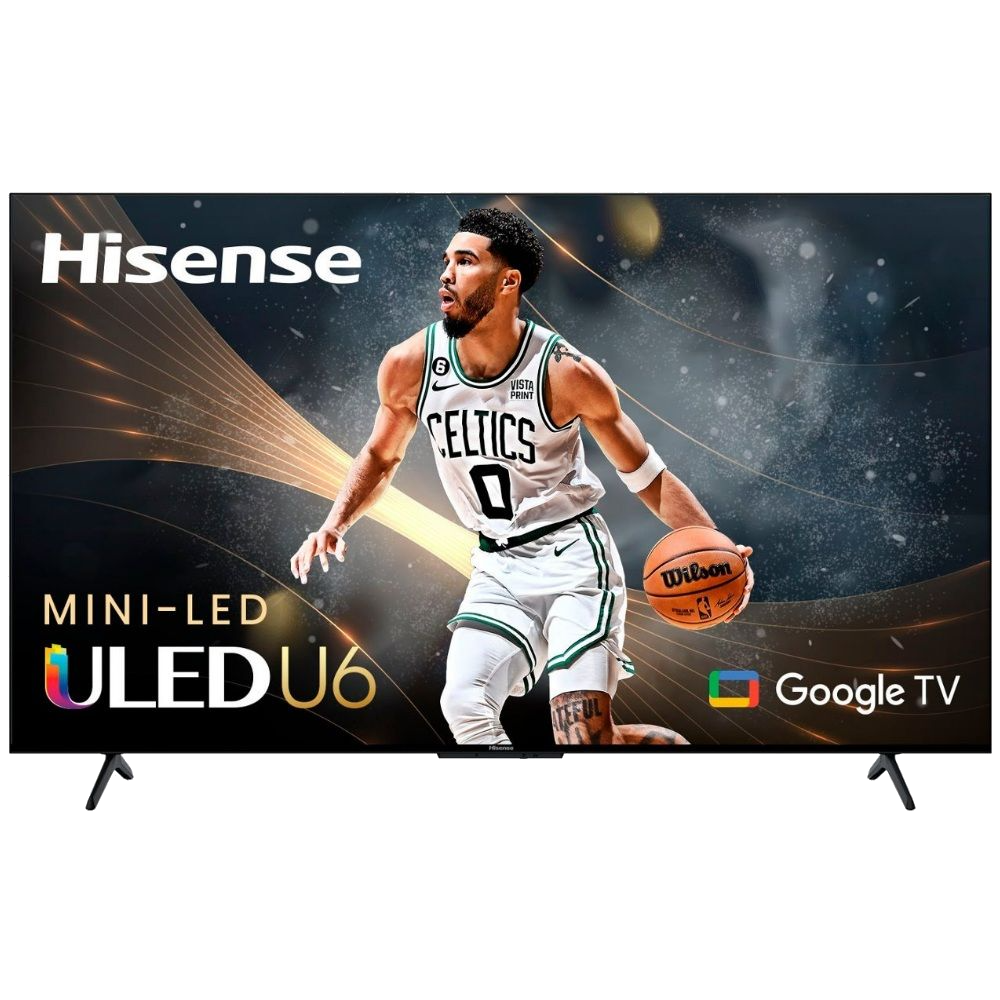
Hisense U6K Series
This Hisense 55-inch U6K TV packs a high-quality image in a fairly affordable package. Along with its 4K video resolution, it uses QLED and HDR10+ technology to deliver enhanced color and contrast.
$590 at Amazon See at Best Buy
Also read:
- [New] 2024 Approved Accelerated Download Solutions for Vimeo Files
- [New] Acquiring Visuals Strategies for No-Cost Picture Videos
- [Updated] Filtering Through YouTube Talks for 2024
- Certain Gene Mutations Can Lead to Higher Cholesterol Levels and Hypertension, Which Are Risk Factors for Plaque Formation in the Arteries
- Cutting-Edge Sleep Solutions: The Best Tech Innovations for a Peaceful Night's Rest
- Expert Analysis on Amplifi HD Wireless Router Range Extender: Bid Farewell to Dead Zones
- Expert Evaluation of the High-Quality 12MP Docooler USB 2.0 Camera: Surprisingly Exceptional
- How to Fix Your Computer's Audio Issue in Minutes
- In 2024, How to Bypass Android Lock Screen Using Emergency Call On Google Pixel 8 Pro?
- In-Depth Analysis: The Dual Capabilities of the Netgear C37er Cable Modem and Router
- Is the iPad Air a Worthy Contender Against the iPad Pro? An In-Depth Review
- Preferred Stock (PS) = Number of Preferred Shares Par Value per Share
- Resolved: Fixing the Silent Console - How to Restore Audio on Your PS4
- Volume Maximization Tool - Ultimate Guide to Loudening Media Content with Ease
- Title: Is Investing in a 4K Television Necessary for an Average Cable Viewer?
- Author: Eric
- Created at : 2024-11-23 18:06:19
- Updated at : 2024-11-24 18:04:45
- Link: https://buynow-reviews.techidaily.com/is-investing-in-a-4k-television-necessary-for-an-average-cable-viewer/
- License: This work is licensed under CC BY-NC-SA 4.0.